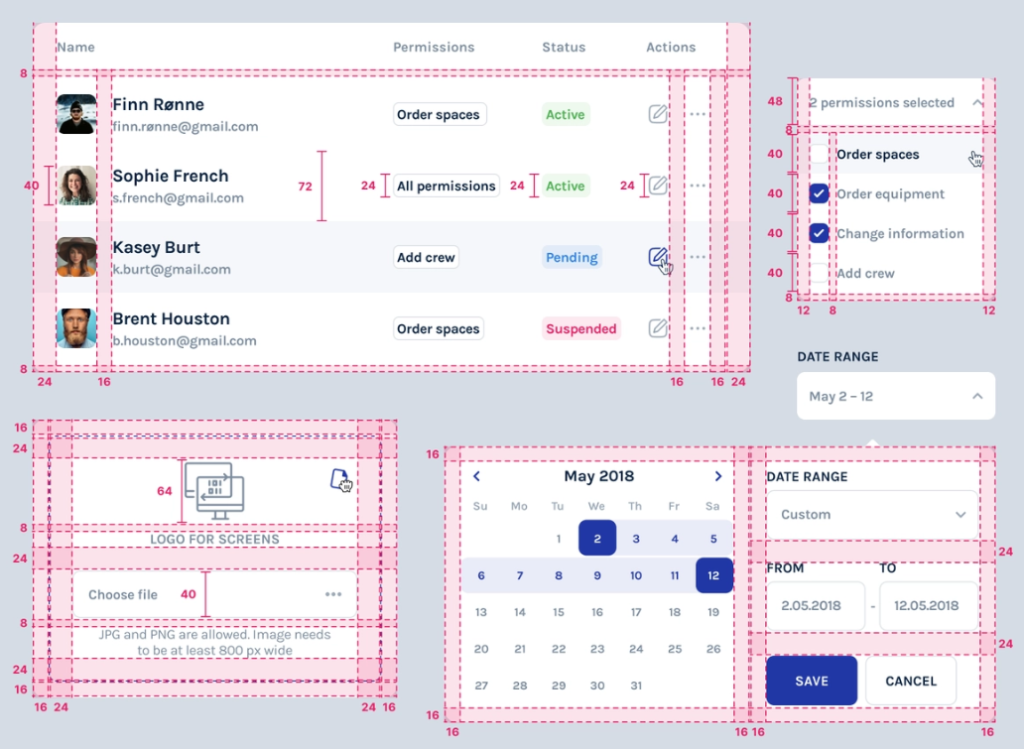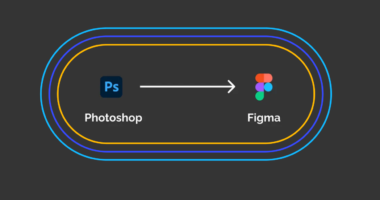
What is a Design System? A Beginner’s Guide to Design Systems
Introduction to design system
Definition of design systems: A design system is a collection of reusable design components, standards, and guidelines used to create a consistent visual language for a brand.
Importance of design systems: Design systems help organizations save time and resources by streamlining the design process, improving collaboration among teams, and creating a consistent user experience.
Purpose of the blog post: The purpose of this blog post is to provide a comprehensive overview of design systems, including their definition, benefits, components, and best practices for implementation and maintenance.
What is a Design System?
Definition and explanation of design systems: Design systems are a set of design elements and principles that are used to create a consistent look and feel for a brand across all products and touchpoints. This includes everything from typography and color palettes to UI components and interaction patterns.
Types of design systems: Design systems can be categorized into two types: product design systems and enterprise design systems. Product design systems are focused on a specific product or suite of products, while enterprise design systems are company-wide initiatives.
Key components of design systems: The key components of design systems include design principles, UI components, typography, color palettes, iconography, templates, and patterns.
Why Use a Design System?

Benefits of using a design system: According to a study by Forrester, companies using design systems experience a 50% reduction in design time and a 30% reduction in development time.
Advantages over traditional design methods: Design systems provide a consistent and scalable approach to design, making it easier for organizations to maintain brand consistency across all products and touchpoints. Additionally, design systems allow for more efficient collaboration between designers, developers, and stakeholders.
Example of companies and organizations that use design systems: Major companies such as Apple, IBM, and Airbnb have all implemented design systems to improve the consistency and efficiency of their design process.
Creating a Design System

Steps in the design system creation process: The design system creation process typically includes research and analysis, creation of design principles, development of UI components, and testing and iteration.
Key considerations for design system creation: When creating a design system, it is important to consider the needs of all stakeholders, including designers, developers, and end users. Additionally, it is important to have a clear understanding of the goals and objectives of the design system.
Tools and resources for design system creation: There are a variety of tools and resources available for design system creation, including design systems platforms, design software, and design system libraries.
Components of a Design System

Design principles: Design principles provide the foundation for the design system, establishing guidelines for the overall look and feel of the brand.
UI components: UI components, such as buttons, forms, and navigation elements, provide a consistent visual language for the brand.
Typography: Typography is a key aspect of design systems, providing consistency in the way text is presented across all products and touchpoints.
Color palettes: Color palettes provide a consistent and recognizable visual identity for the brand.
Iconography: Iconography is a critical component of design systems, providing visual cues and hierarchy to enhance the user experience.
Templates and patterns: Templates and patterns provide a structure for the creation of new design elements, streamlining the design process and improving consistency.
Implementing a Design System

Steps for implementing a design system: The implementation of a design system typically includes training and communication with all stakeholders, integration with existing design and development processes, and continuous testing and iteration.
Conclusion
Summary of key points: This blog post has provided a comprehensive overview of design systems, including their definition, benefits, components, and best practices for implementation and maintenance.
Final thoughts and recommendations: Design systems are an essential tool for organizations looking to create a consistent and scalable approach to design. When implemented effectively, they can improve efficiency, increase collaboration among teams, and enhance the user experience.
Call to action: Organizations looking to implement a design system should start by conducting thorough research and analysis, establishing clear goals and objectives, and engaging all stakeholders in the process. By following these best practices, organizations can reap the many benefits of design systems and create a consistent and recognizable brand identity.
References:
Forrester. (n.d.). Design systems study. [white paper]. Retrieved from https://www.forrester.com/report/Design+Systems+Study/-/E-RES144556
IBM. (n.d.). IBM Design: Design systems. Retrieved from https://www.ibm.com/design/philosophy/design-systems/
Airbnb. (n.d.). Airbnb Design: Design systems. Retrieved from https://airbnb.design/systems/
Nielsen, J. (2018). The Design of Everyday Things. Basic Books.
Microsoft. (n.d.). Microsoft Design: Design systems. Retrieved from https://www.microsoft.com/en-us/design/philosophy/design-systems/




